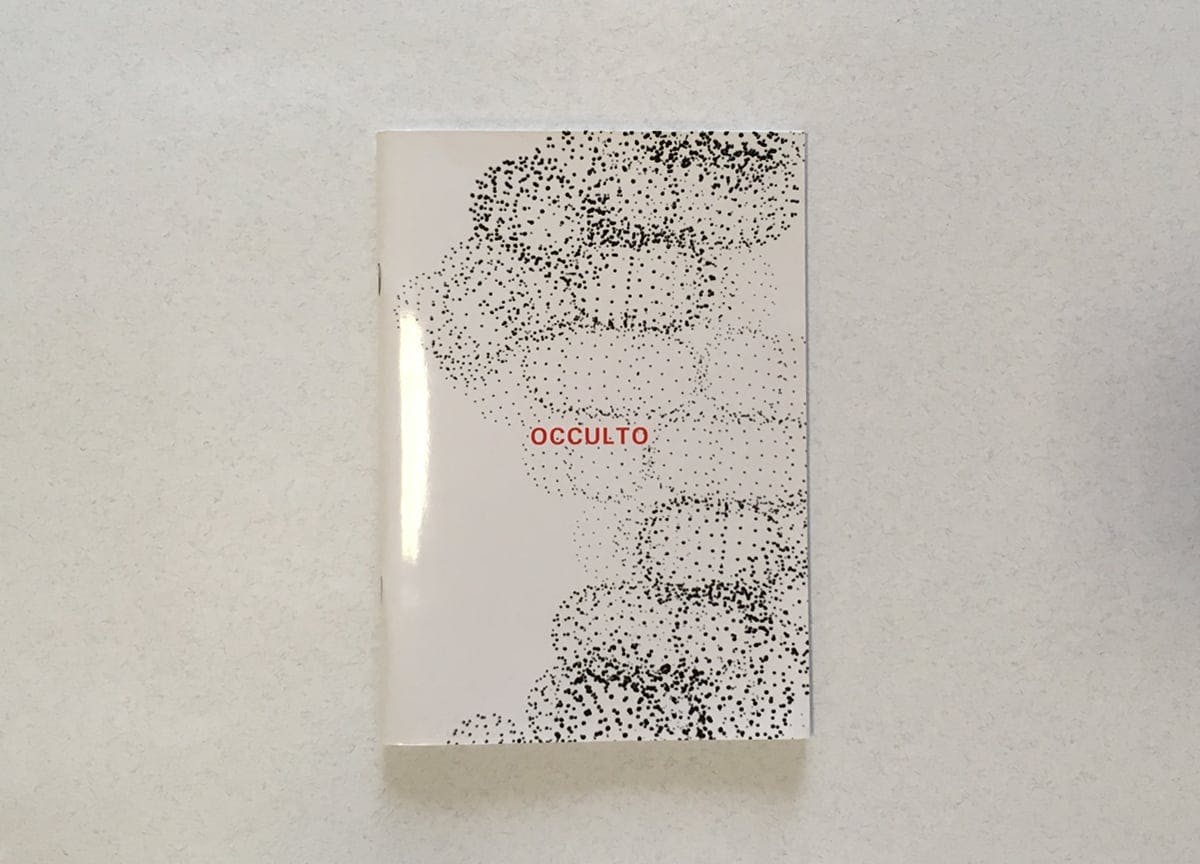Behind the Scenes: Occulto magazine

We were given a copy of Occulto magazine back at Indiecon in Hamburg. Upon opening the science, humanities and arts title, I was immediately transported to my family home, where issues of National Geographic and New Scientist nestled in every corner.
Maybe it was the coated, glossy paper (a rarity in independent magazines) or the artful photo series and graphic design (a rarity in science magazines) but I pored over its pages, tracing a finger around epic fossils, marvelling at the rules of physics that connect human beings to the natural world.
But this isn’t your regular science magazine. One feature points to the flawed, binary debate of creationists and evolutionists; another goes beyond the natural discipline and into the supernatural world. Curious to find out more, I Skyped editor Alice Cannava in Berlin to talk about how she’s using her background in fine arts to make a magazine about science.

Occulto makes science very accessible. What made you want to create a magazine like this?
This magazine is a small project, completely independent, which is interesting because scientific publications are usually either peer-reviewed academic papers or mainstream popularisation. Occulto’s attitude is more common in fields such as literature, music and arts. I am carving such an unusual niche based on a personal passion. It is also about offering scientists a place to experiment with creative writing and story-telling through autobiography, humour, and other interests they may have beside the professional ones.
What’s your background?
I studied fine arts in the past, I’m currently studying history of science and I work as freelance graphic designer and web developer. This helps explain why the magazine mixes science and art, although the featured artist’s projects are not necessarily based on or related to scientific material.

So the magazine is quite personal to you?
Yes, it’s very personal in the sense that it’s not a project that I could, for example, sell to a publisher and have somebody else do it. As a freelancer I work often for cultural projects, visual artists and musicians. Science is more like a passion, that also made me reflect about some limitations of the art world.
Does science help you discover new perspectives in arts? In scientific research, everything is transparent, you see the methods, whereas in contemporary art you more often just see the final product.
Yeah, science works more horizontally, at least in principle — controlling and criticising each other to improve each other. I really like the sharing attitude and the community structure; it’s about spreading knowledge and also being aware that nobody is really inventing something. The contemporary art market, a lot of the time, works from above. There’s a lot of fetishism of specific artists or trends, less exchange during the process, and a tendency to keep things secret and avoid crossing each other’s practices.

How does your background in fine arts influence your approach and attitude towards science??
I think there is often a lack for communication and self-reflection in popular science. It is done well, but it can sound distant or a little arrogant. Most people have religious feelings and superstitions: I want to explore that as well, with a critical but open approach. As for academic publishing, there are many things scientists mostly ignore in a regular paper, for example the role of intuition in their work, their doubts, or the way other things they are interested in play a role in their research.
I love the ‘Shapes of Nature’ feature (below), the idea that things in the natural world share all these similarities with each other. It kind of represents the magazine in the sense that it’s trying to find that common thread.
Yeah, that’s also why it’s the first feature of the issue. I always try to start with an article that really tells a lot about the editorial approach. The writer is a mathematics researcher, and he’s doing a lot of research about applied mathematics. Shapes and structures recurring in nature are also finding applications in architecture or object design. It also relates to a lot of literary quotes.

Who’s your audience or who are you trying to reach?
Our existing readers are mostly relatively young scientists or artists. I also go to a lot of independent publishers’ fairs, where I’m usually one of the few that has a scientific topic. I would like to turn that around and have academics discover our approach to science.
Now that I’m meeting peer science history students at the university, I see some of them are quite surprised about Occulto: they expect scientific publications to be produced by the university or a regular publisher, and I’m somebody who has just started a master and already has an underground project related to the topics we study. This would be of course completely normal in an academy of fine arts, and it is in this sense another way to bring my interdisciplinary attitude into action.
—
Keep up with the best magazines in science, philosophy, arts and more — subscribe to Stack and we’ll deliver one handpicked magazine to your door every month






